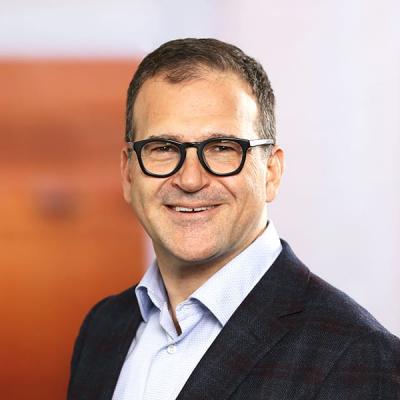What 2014’s Continued IPO Surge Means for Clean Tech and Renewable Energy Companies
The year 2014 is on track to be the most active IPO market in the United States since 2000, with the number of IPOs at of the end of August topping the number at the same point last year by more than 40%.1 There were 222 US IPOs in 2013, with a total of $55 billion raised, and 2014 has already seen 190 US IPOs, for a total of $40 billion, completed to date. The year 2000 (over 400 IPOs) was the last year of a 10-year boom in US IPOs that reached its peak in 1996 (over 700 IPOs).
What does this mean for emerging energy technology and renewables companies that might be looking to the capital markets? Through the end of August, this year has seen six clean tech/renewables IPOs, just one shy of the seven total for all of 2013. In both years, these deals have represented a relatively small percentage of total IPOs and still do not match the level of activity in the more traditional energy and oil and gas sectors. In 2014, IPOs were completed by a range of innovative companies, including Aspen Aerogels, TCP International, and Opower. IPO candidates like Enovation Controls and Vivint Solar have publicly filed registration statements with the SEC — and may be in the IPO market soon.
Two unambiguously positive developments for clean energy in 2013 and year-to-date 2014 have been the strong market for follow-on offerings and YieldCo IPOs. As was the case in 2013, several larger energy tech companies that are already public completed follow-on offerings in 2014 to bolster cash for growth. Following in the footsteps of Tesla, SunEdison, First Solar, and other companies who completed secondary offerings in 2013, Rubicon Technology (January and March 2014), Jinko Solar (January 2014), Pattern Energy (May 2014), Plug Power (January and April 2014), Trina Solar (June 2014), NRG Yield (July 2014), BioAmber (July 2014), Gevo (August 2014), and several other public companies capitalized on the continued receptiveness of US capital markets to follow-on offerings.
Following on successful YieldCo IPOs in 2013 (NRG Yield, Pattern Energy), there have been three YieldCo IPOs in 2014: Abengoa Yield, NextEra Energy Partners, and, most recently, Terraform Power. The continued growth of YieldCo deals as well as the growing dollar amount of such offerings is an extremely encouraging sign for the energy and clean tech sector as a whole, signaling a longer-term market acceptance of the ongoing changes in domestic and global energy consumption. The successful public market financings of these companies — whose strategy typically involves the purchase and operation of existing clean, energy-generating assets — should result in increased access to capital for renewable energy generation assets as well as related technologies and services across the sector.
If the rest of the year continues along a similar trajectory, 2014 should prove to be a strong year for clean tech and renewable energy companies opting to pursue the IPO path. The IPOs, follow-on offerings, and YieldCo successes that we’ve seen so far should improve the prospects for forthcoming clean energy IPOs in the remainder of 2014 and beyond. I expect to see more renewable/clean energy companies follow the IPO route and make the most of the market’s continued receptiveness.
1 Please note that there will be some variance in the statistics for IPOs generally. This is because most data sets exclude extremely small initial public offerings and uniquely structured offerings that don’t match up with the more commonly understood public offering for operating companies. The data above is based on information from http://bear.warrington.ufl.edu/ritter/IPOs2012Statistics.pdf and Renaissance Capital www.renaissancecapital.com.

